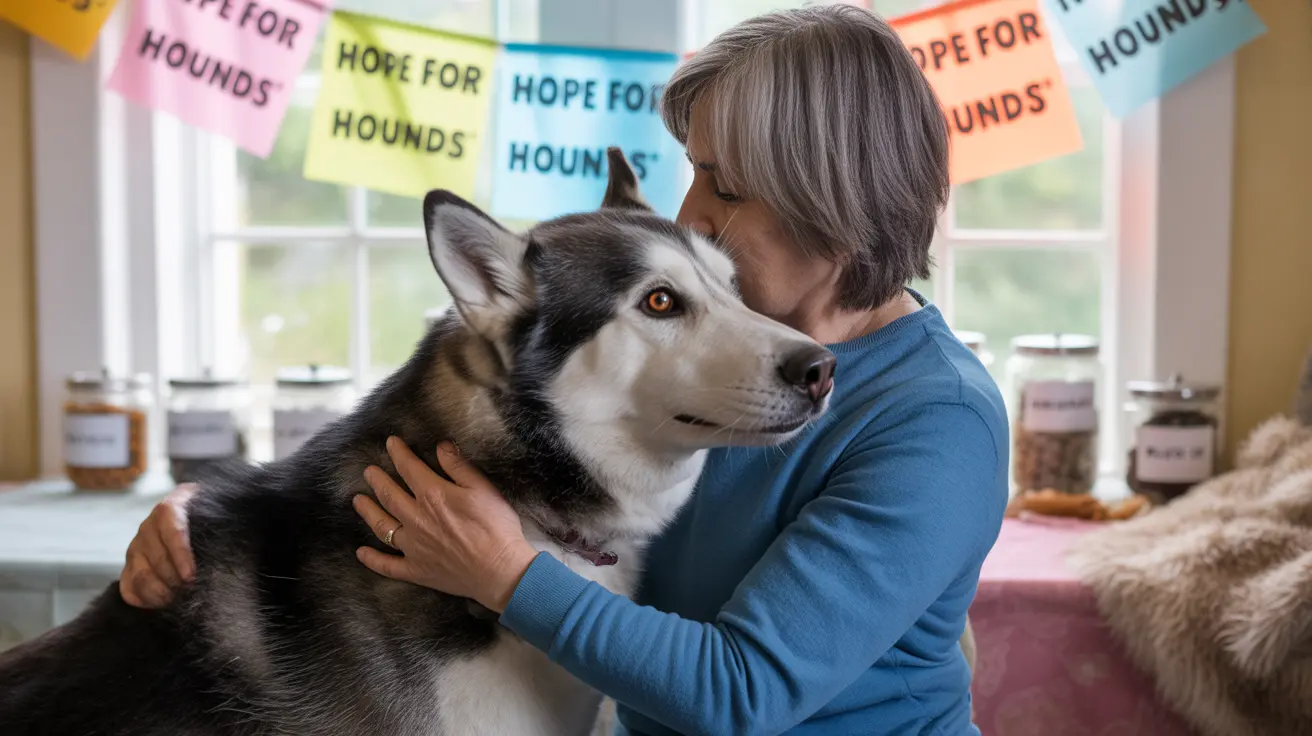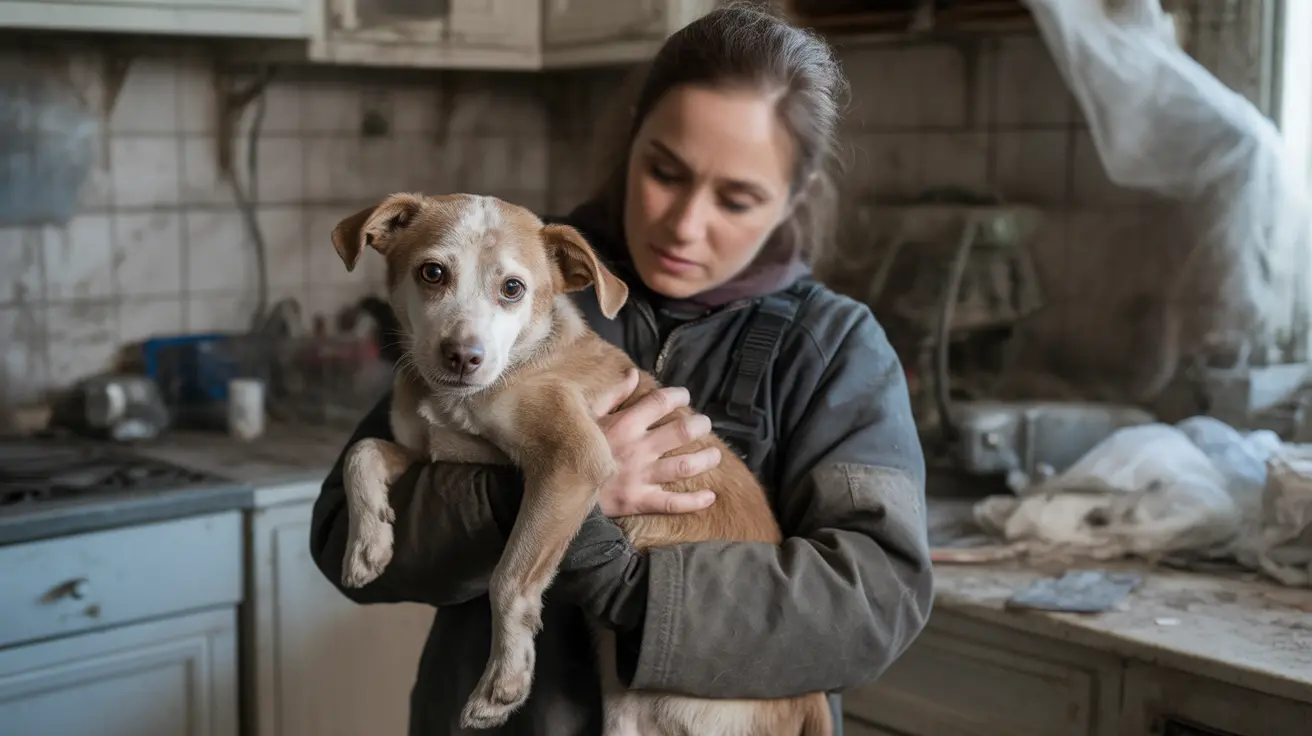Understanding Why Female Dogs Scoot
When you see your female dog dragging her rear across the floor, it can be both amusing and concerning. This behavior, known as "scooting," is more than just a quirky habit—it's often a sign that something's bothering her.
Common Reasons for Scooting
Scooting typically signals irritation or discomfort in the anal region. While it's not exclusive to females, there are several reasons why your dog might do this:
- Impacted Anal Glands: Dogs have two small glands near the anus that release scent markers. If these glands become blocked or infected, they can swell and cause pain, prompting your dog to scoot in an attempt to relieve pressure.
- Allergies: Food or environmental allergies can cause skin irritation around the rear end. This itching leads many dogs to drag their bottoms on carpets or grass.
- Parasites: Worms (especially tapeworms) or other parasites sometimes cause inflammation and itchiness near the anus.
- Infections: Bacterial or yeast infections in the skin folds around the vulva or anus can create discomfort. Female dogs with more pronounced skin folds may be particularly prone to this issue.
Scooting in Female Dogs: Unique Considerations
While both male and female dogs can scoot for similar reasons, some factors are more common in females:
- Vulvar Irritation: In addition to anal discomfort, female dogs may experience irritation of the vulva due to urinary tract infections (UTIs), vaginitis, or excessive licking. This can lead them to scoot as a way of soothing the area.
- Anatomical Differences: Some female dogs have recessed vulvas or extra skin folds that trap moisture and bacteria, increasing their risk of infection and subsequent scooting.
Signs That Scooting Is a Problem
A single episode of scooting isn't usually cause for alarm. However, if your dog is scooting frequently or seems distressed, it's time to pay closer attention. Watch for these signs:
- Repeated scooting over several days
- Licking or biting at the rear end
- Visible swelling, redness, or discharge near the anus or vulva
- A foul odor from the rear area
Treating and Preventing Scooting
- If you notice persistent scooting, schedule a veterinary checkup. The vet will examine your dog's anal glands and check for signs of infection, parasites, or allergies.
- If impacted anal glands are found, they may need manual expression—a quick procedure performed by professionals.
- Your vet might recommend stool tests for worms and prescribe dewormers if needed.
You can help prevent future episodes by keeping your dog's rear clean (especially after walks), feeding a high-fiber diet to support regular gland expression through normal bowel movements, and monitoring for any changes in behavior.
The Importance of Hygiene
Caring for your dog's hygiene goes beyond baths. Regularly check her rear end for signs of redness or swelling. If you notice excessive licking or recurring odors despite cleaning efforts, consult your veterinarian—these could be signs of underlying health issues rather than just dirtiness.





